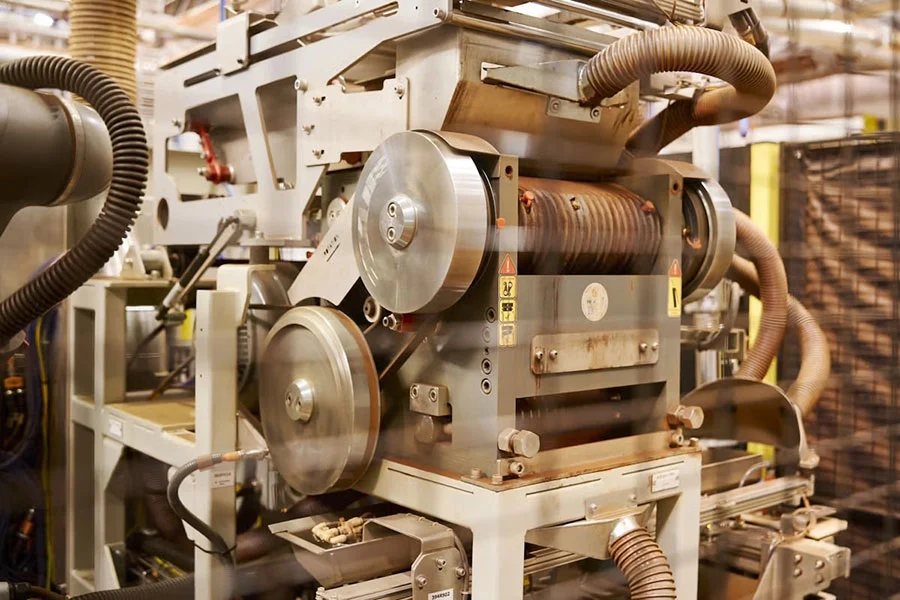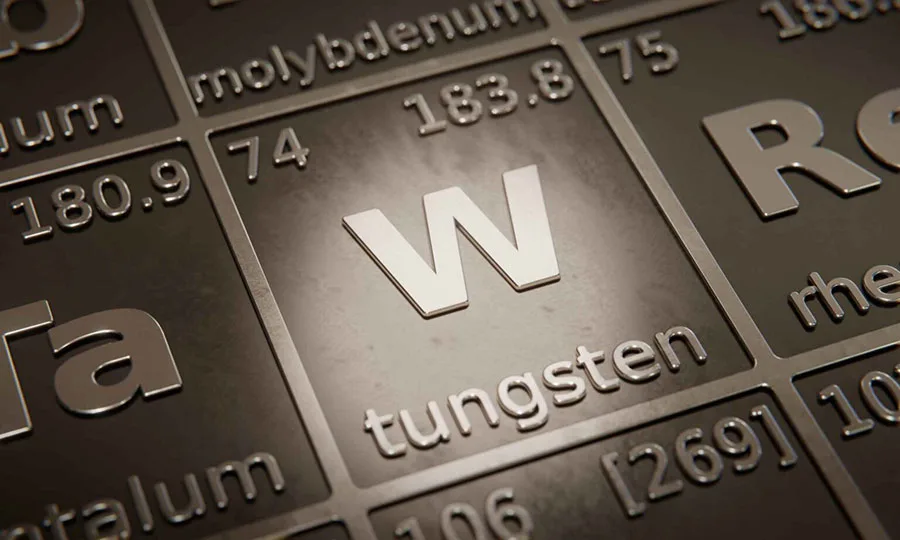On-site automated sample preparation is playing a vital role in mine planning at Mineral Resources’ (MinRes) Onslow Iron project in WA.
MinRes said the automated laboratory at Ken’s Bore is the first of its kind in the mining industry, providing accurate, real-time data to help its mining and technical services (MTS) team make informed mine planning decisions and efficiently develop the project’s deposits.
Onslow Iron manager supply chain Mike Dwyer said the technology was proving invaluable.
“With automation, you get reliability and repeatability – and that’s one of the key factors you want in the laboratory,” Dwyer said.
“One of the added benefits is that we’ve reduced the amount of manual handling required by the lab technicians, which has led to greater throughput and quicker results.”
The Automated Modular Solution (AMS) Prep Line technology was developed and installed by Rocklabs, a New Zealand-based business that forms part of the international robotics and automation company Scott Technology.
AMS Prep Line uses a series of collaborative robots to take samples from the field, reduce their size, and efficiently deliver data to the MTS team.
According to MinRes, the technology has already doubled sampling capacity to 500 per day while eliminating several repetitive and manual processes.
By completing the sampling process on-site, MinRes has also retained greater control and improved efficiency, enabling faster grade control changes in the mine when needed.
The automated analysis process runs across four distinct stages.
Following drilling activities in the field, samples are brought to the laboratory where automation begins.
Five-kilogram samples are bagged and tagged, then transported by robotic arms to a crusher that reduces them to 1kg – a process repeated 16 times per hour.
The samples then move to a pulveriser mill, which self-cleans to maintain a very low level of contamination.
Reduced to 100 grams, the samples are automatically dispensed into vials and loaded into crucibles for thermogravimetric analysis (TGA) and X-ray fluorescence (XRF) analysis. These processes provide critical information about iron ore grade as well as the presence of other elements.
“This technology is playing a critical role in mine planning, and the results are integral to ensuring we get the best out of more than 30 years of mine life at Onslow Iron,” Dwyer said.
Scott Technology chief executive officer Mike Christman said the Ken’s Bore laboratory demonstrated the impact automation can have on mining operations.
“We’re proud to support MinRes with our turnkey end-to-end automated sample preparation system – it’s fast, reliable, and designed to deliver high-throughput, low-contamination results that mine teams can trust,” Christman said.
“This project showcases what’s possible when industry leaders collaborate to push the boundaries of productivity and precision in mining.”
With automation at its core and an expected mine life of more than 30 years, Onslow Iron is now ramping up production towards its nameplate capacity of 35 million tonnes per year.










